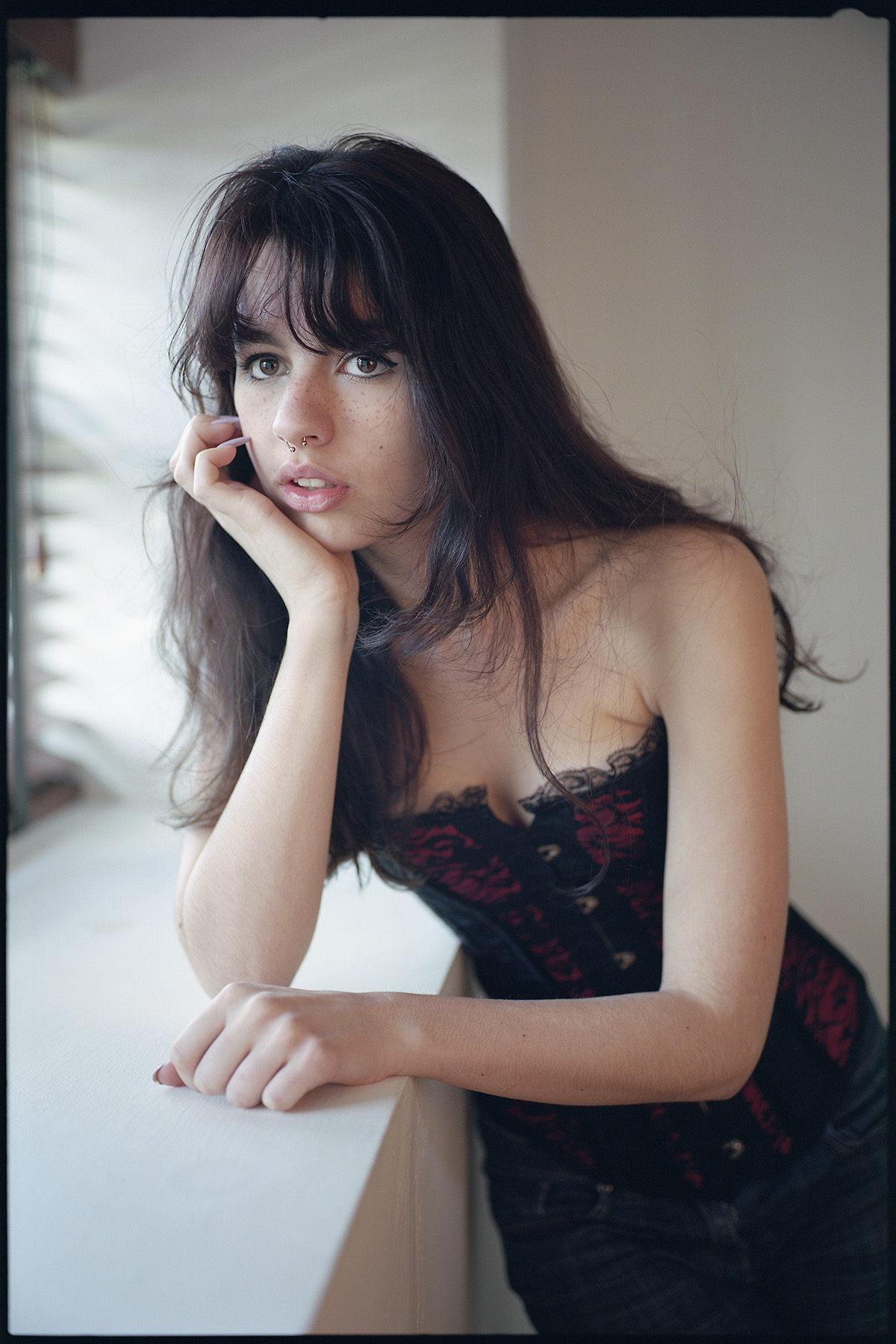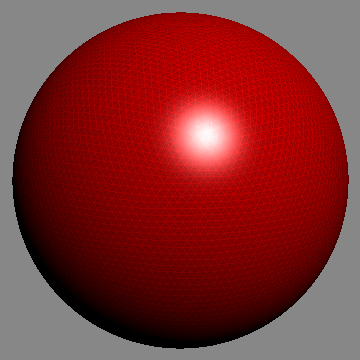|
Ambient Lighting (other)
Ambient lighting may refer to: * Available light in an environment * Low-key lighting, a photographic technique using a single key light * A type of lighting in computer graphics See also * Ambient light sensor An ambient light sensor is a component in smartphones, notebooks, other mobile devices, automotive displays and LCD TVs. It is a photodetector that is used to sense the amount of ambient light present, and appropriately dim the device's screen to ... * Ambiance lighting, lighting for mood {{disambiguation ... [...More Info...] [...Related Items...] OR: [Wikipedia] [Google] [Baidu] |
Available Light
In photography and cinematography, available light (also called ambient light or practical light) refers to any ''available'' source of light that is not explicitly supplied by the photographer for the purpose of taking pictures. The term usually refers to light sources in the surrounding environment that are present naturally (e.g. sunlight, moonlight, starlight, etc.) or artificial lighting that are already pre-existing (e.g. street lights, room lights, etc.). It generally excludes flashes, although arguably flash lighting provided by other photographers shooting simultaneously in the same space could be considered available light. Light sources that affect the scene and are included in the actual frame are called practical light sources, or simply practicals. Use of available light is an important factor in candid photography in order not to disturb the subjects. The use of available light may pose a challenge for a photographer. The brightness and direction of the light ... [...More Info...] [...Related Items...] OR: [Wikipedia] [Google] [Baidu] |
Low-key Lighting
Low-key lighting is a style of lighting for photography, film or television. It is a necessary element in creating a chiaroscuro effect. Traditional photographic lighting (three-point lighting) uses a key light, a fill light and a back light for illumination. Low-key lighting often uses only a key light, optionally controlled with a fill light or a simple reflector. Low key light accentuates the contours of the subject by throwing areas into shade while a fill light or reflector may illuminate the shadow areas to control contrast. The relative strength of key-to-fill, known as the lighting ratio, can be measured using a light meter. Low key lighting has a higher lighting ratio, e.g., 8:1, than high-key lighting, which can approach 1:1. The term "low key" is also used in cinematography and photography to refer to any scene with a high lighting ratio, especially if there is a predominance of shadowy areas. It tends to heighten the sense of alienation felt by the viewer, hence ... [...More Info...] [...Related Items...] OR: [Wikipedia] [Google] [Baidu] |
Shading
Shading refers to the depiction of depth perception in 3D models (within the field of 3D computer graphics) or illustrations (in visual art) by varying the level of darkness. Shading tries to approximate local behavior of light on the object's surface and is not to be confused with techniques of adding shadows, such as shadow mapping or shadow volumes, which fall under global behavior of light. In drawing Shading is used traditionally in drawing for depicting a range of darkness by applying media more densely or with a darker shade for darker areas, and less densely or with a lighter shade for lighter areas. Light patterns, such as objects having light and shaded areas, help when creating the illusion of depth on paper. There are various techniques of shading, including cross hatching, where perpendicular lines of varying closeness are drawn in a grid pattern to shade an area. The closer the lines are together, the darker the area appears. Likewise, the farther apart the lin ... [...More Info...] [...Related Items...] OR: [Wikipedia] [Google] [Baidu] |
Ambient Light Sensor
An ambient light sensor is a component in smartphones, notebooks, other mobile devices, automotive displays and LCD TVs. It is a photodetector that is used to sense the amount of ambient light present, and appropriately dim the device's screen to match it. This avoids having the screen be too bright when the user's pupils are adapted for vision in a dark room, or too dim when the device is used outdoors in the daytime. Dimming the screen on a mobile device also prolongs the lifetime of the battery. The standard international unit for the illuminance of ambient light is the lux. The typical performance of an ambient light sensor is from less than 50 lux in dim light to over 10,000 lux at noon. There are three common types of ambient light sensor: phototransistors, photodiodes, and photonic integrated circuits, which integrate a photodetector and an amplifier in one device. By the end of 2004, about 30% of phones sold in Europe Europe is a large peninsula conventional ... [...More Info...] [...Related Items...] OR: [Wikipedia] [Google] [Baidu] |


